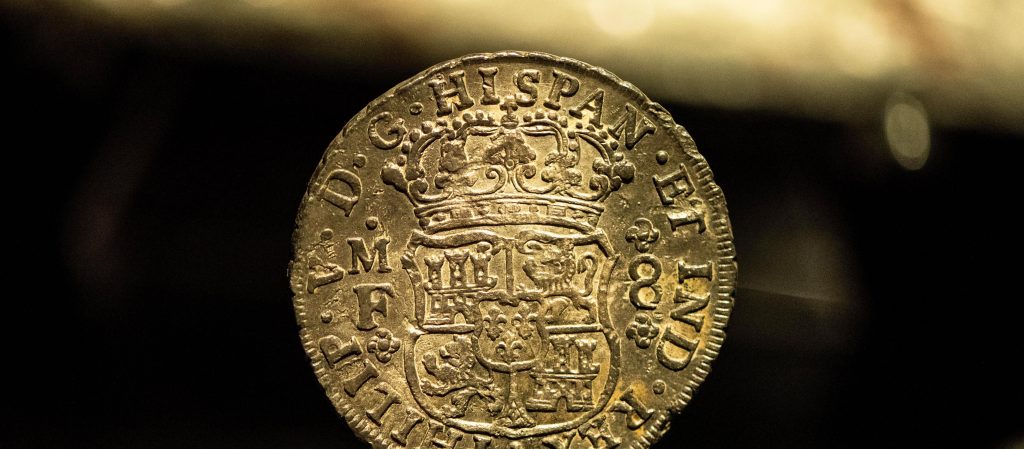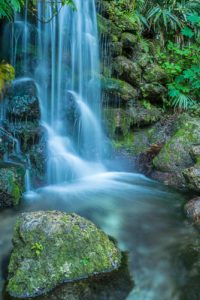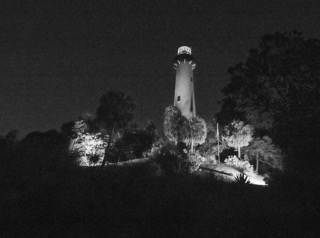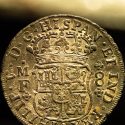
June 14, 1497
The governor to be of New Spain, sat down to pen a letter to his king. The sun had set over the mountains of Hispanola leaving this new world harbor in blackness other than starlight and fires at the shore’s landing and primitive fort. An invigorating trade wind flowed down from the jungle-covered peaks into the captain’s cabin of the anchored Caravel. It smelled of coffee, damp soil, and cacao. A wax candle flickered at his desk sending shadows across the parchment sheet.
“All ships and crews have crossed without
incident. On arrival, we found the colony administered by Admiral Columbus— but without the riches or hostile savages described. In truth, there is no gold on this island, only
dense vegetation and a climate for the farming of tropical fruit.
In due time I will confront the Admiral about his replacement, but in the first light of morning I will sail westward with two ships on a scouting mission to seek the riches originally promised to my king.
A Lucayan fisherman we captured tells us of a place called Bimini, where deep springs of freshwater cure both age and affirmity. He drew a primitive map in the sand, and with
an ardent show of gestures, indicated the location of a greater landmass with an underwater river and fountain protected by savages he called Jeageas.

January 16, 1963
The attendees of the meeting of the Jupiter Island Historical Society included family members of the twenty estates built on the island during the 1800’s. Casual in their pastel colored blouses, shorts and jackets, lean, fit and beaming with health, no one could possibly guess their true age.
Here, once a month, always at sunset, in the shadow of a brick red lighthouse completed before the Civil War, the group convened. They did so as far as anyone living could remember. These men and women were but a mystery to the off-island townspeople who glimpsed them only when services were provided.
Grocery clerks, dentists, tennis pros, landscapers, boat captains and barbers knew them only by first names: Mr. John, Mr. Henry, Mrs. Horace, Mrs. Lillian, Mr. Clay and such.
Each owned a mansion stretching from river to ocean hidden by enormous ficus hedges, accessed by a small wooden swing bridge opened only upon their demand, and marked only by a little wood sign with a fancifully obscure names like
“Sea Grapes”, “The Cottage” and“Spindrift”. Together, they comprised the wealthiest zip code in America.

